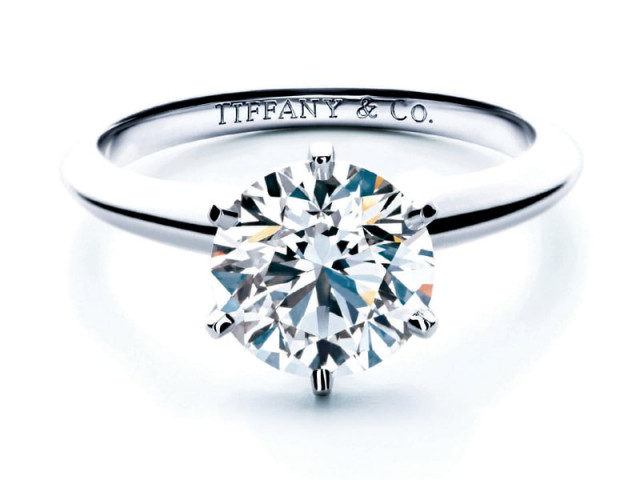The physics of diamonds: Set in Stone
A stone is said to be ‘flawless’ if under ten-power magnification is shows no internal flaws.

Something got stuck in my throat the minute the sales assistant gave me the price: £77,000. It was the classic Tiffany engagement ring. My sister and I were killing time at Heathrow Terminal 3 before heading home to Karachi. The sales assistant saw me looking at the display case from a safe distance and asked me what brought me into the shop. I replied that this was the first time I had plucked up the courage to even enter Tiffany & Co. She flashed me a brilliant, pearly smile and quickly unlocked the glass cabinet. “Try it on,” she said.

As my sister and I were temporarily stunned by its clarity, we were given a lesson on metallurgy and gemmology. In the Spring of 1887, Tiffany shocked the world by buying the French crown jewels. From that time on, it became known as the world’s authority on the earth’s hardest substance.
As I started to take the ring off, it began to stick. My sister coughed nervously as the sales assistant’s eyes narrowed. “Take your time,” she said.
“Can’t you suck your breath in,” hissed my sister. “It’s not like we’re going home with it.”
Clarity is the key rating measure. Virtually all diamonds have imperfections. A stone is said to be ‘flawless’ if under ten-power magnification is shows no internal flaws (clouds, feathers, pinpoints). Diamond clarity ranges from FL (Flawless) to 13 (heavily included). The Tiffany round brilliant-cut stone has 57 or 58 precisely aligned facets.

The facets on the pavilion (bottom) mirror the light back and forth in a frenzy until it bursts out in a blaze. The Tiffany experts warn against claims that more facets are superior. When a diamond is cut with a shallow pavilion and large table size, it produces a dull stone. It also creates an ugly ‘fish-eye’ effect when viewed through the crown. And if the pavilion is too deep, there is a darkening ‘nailhead’ effect in the middle of the stone.
If you go to the New York flagship store you can even see the 128.54-carat Tiffany Diamond on permanent display. The weight of a diamond is measured by carats. One carat is 0.2 grammes.
As carat weight is always a factor in pricing, some diamond cutters will attempt to trick casual buyers. They create an excessively thick girdle to increase carat weight and hence price. But brilliance and beauty are sacrificed.
Published in The Express Tribune, Sunday Magazine, September 1st, 2013.
Like Express Tribune Magazine on Facebook, follow @ETribuneMag on Twitter to stay informed and join the conversation.



















COMMENTS
Comments are moderated and generally will be posted if they are on-topic and not abusive.
For more information, please see our Comments FAQ